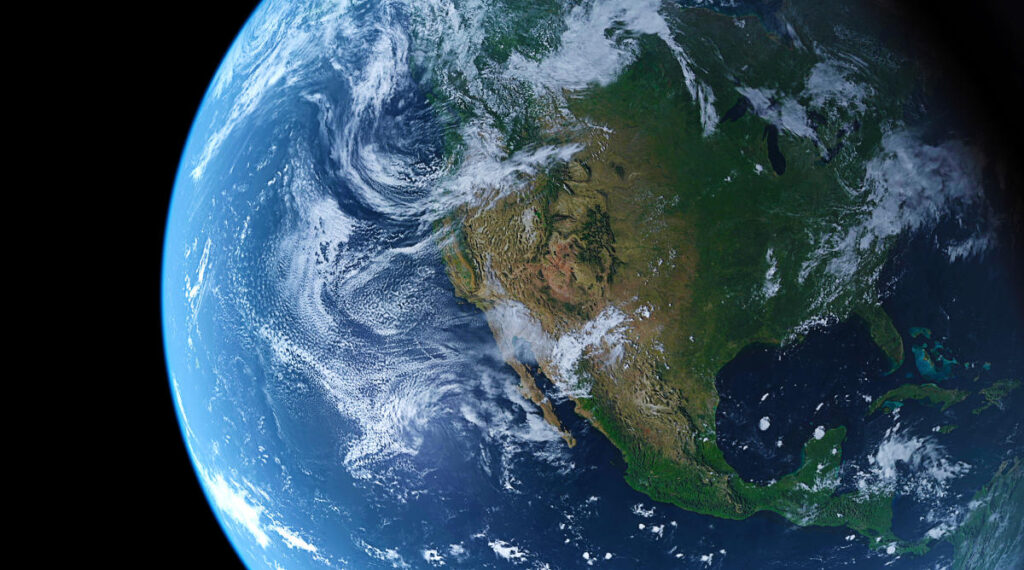Researchers found an unexplained cause of the pole drift of earth's rotation that had not been included among the previous causes: the groundwater extraction.
The study Geophysical Research Letters points out that mass displacement and the resulting rise in sea level due to groundwater extraction has caused the Earth's rotation pole (the point around which it revolves) to move by almost one meter in two decades.
The research states that the water disposal on the planet affects the distribution of mass, as if a little weight were added to a spinning top, the Earth rotates slightly differently when water is displaced.
"The rotation pole of the Earth changes a lot. The redistribution of groundwater has the greatest influence on the drift of the rotation pole," said Ki-Weon Seo of Seoul National University and director of the research.
Surendra Adhikariresearcher at the Nasa's Jet Propulsion LaboratoryThe Earth's rotation pole normally shifts several meters in a year, so modifications due to groundwater pumping do not risk displacing the stations.
However, he warns that in geological time scales, polar drift can impact climate, commented Adhikari, who in 2016 published a study on the impact of water redistribution on rotational drift.
What is the basis of the study?
The research team relied on climate models to estimate that from 1993 to 2010 humans pumped 2,150 gigatons of groundwater, equivalent to more than 6 millimeters of sea level rise.
They then modeled the observed changes in the Earth's rotational pole drift and water movement, first taking into account only ice sheets and glaciers and then adding different groundwater redistribution scenarios.
The model only matched the observed polar drift by including 2,150 gigatons of groundwater redistribution. Without it, the model drifted 78.5 centimeters or 4.3 centimeters of drift per year.
The ability of water to change the Earth's rotation was discovered in 2016, but the specific contribution of groundwater to these rotational changes had not been explored until now.
The location of groundwater is important to know how much the polar drift could change; the redistribution of water from mid-latitudes has a greater impact on the rotation pole.
Source: El Financiero


